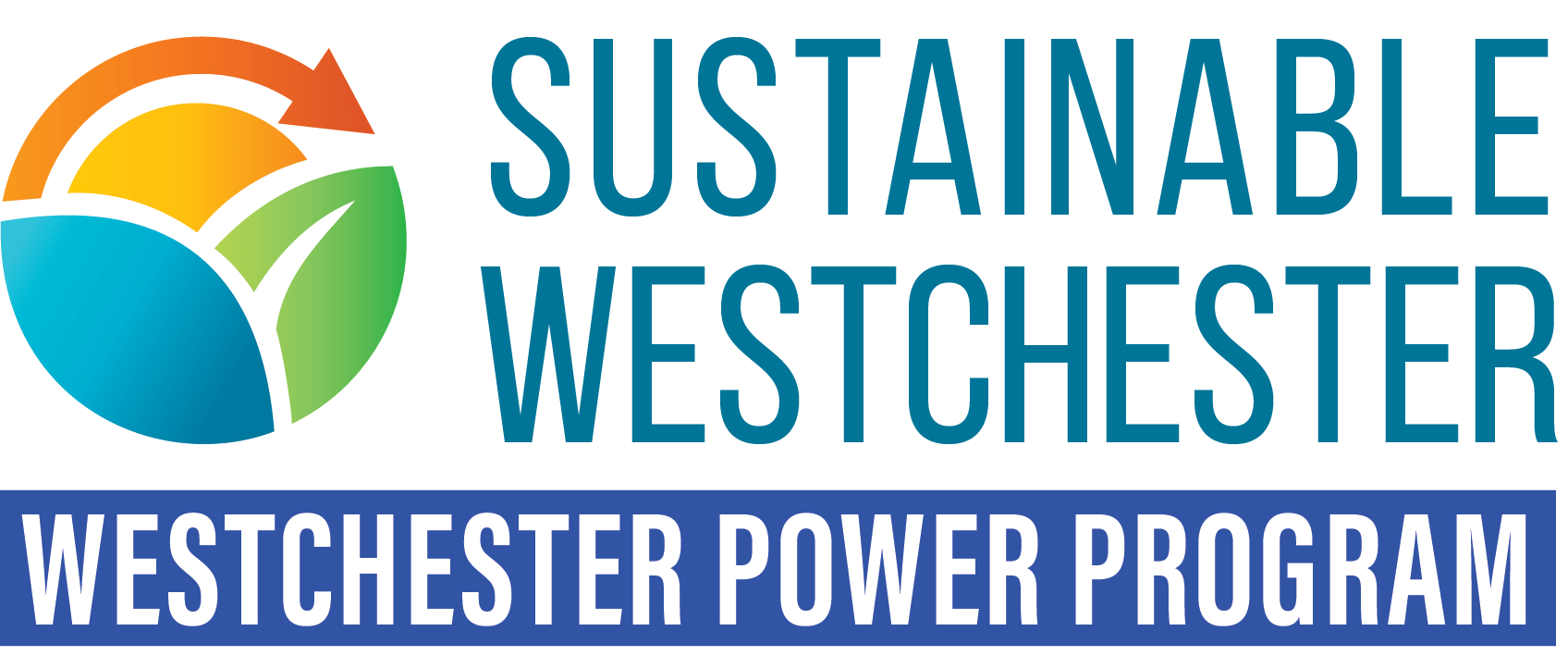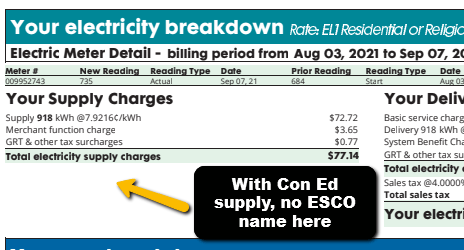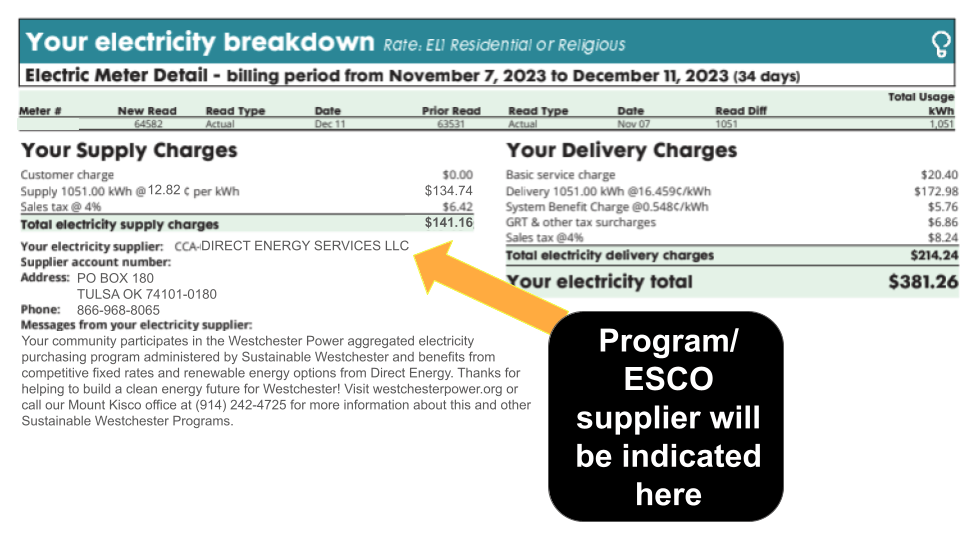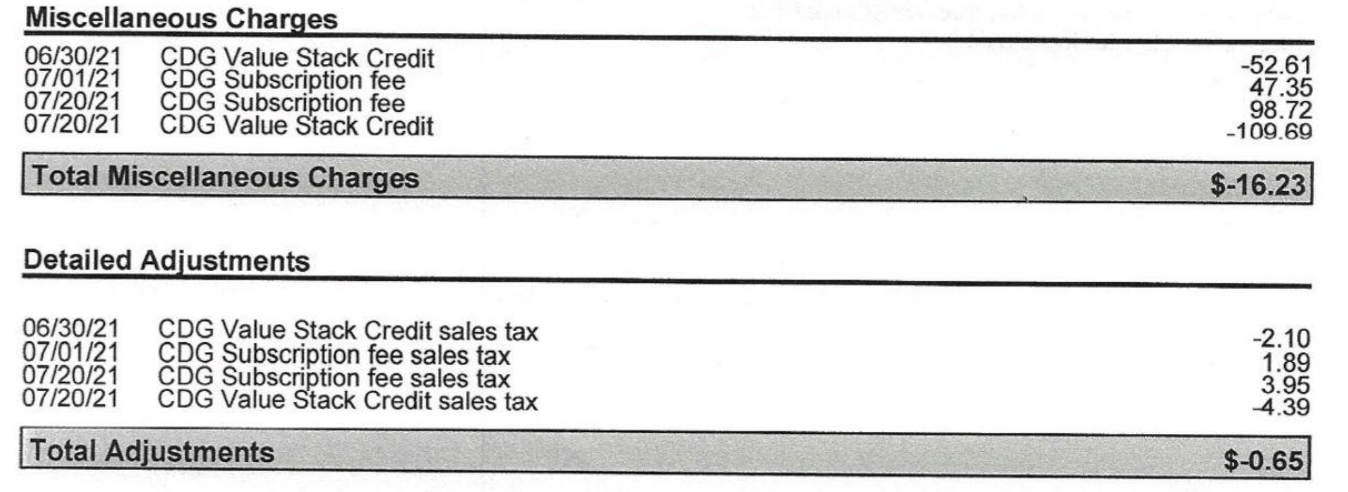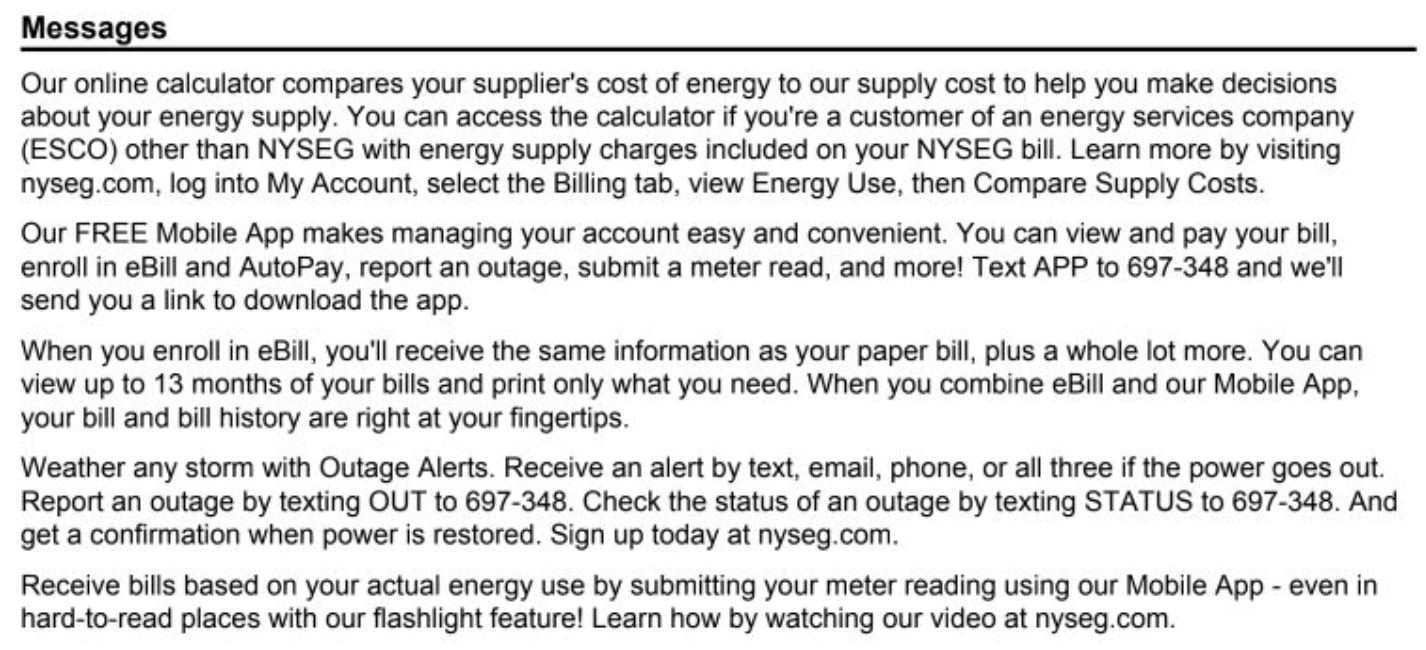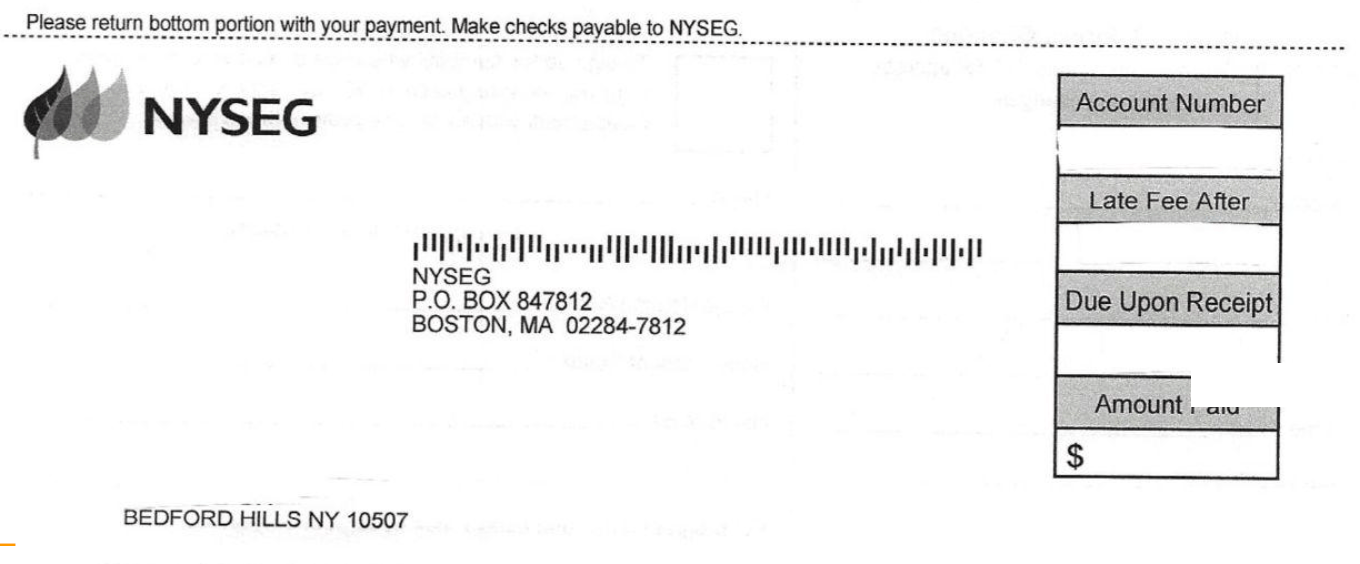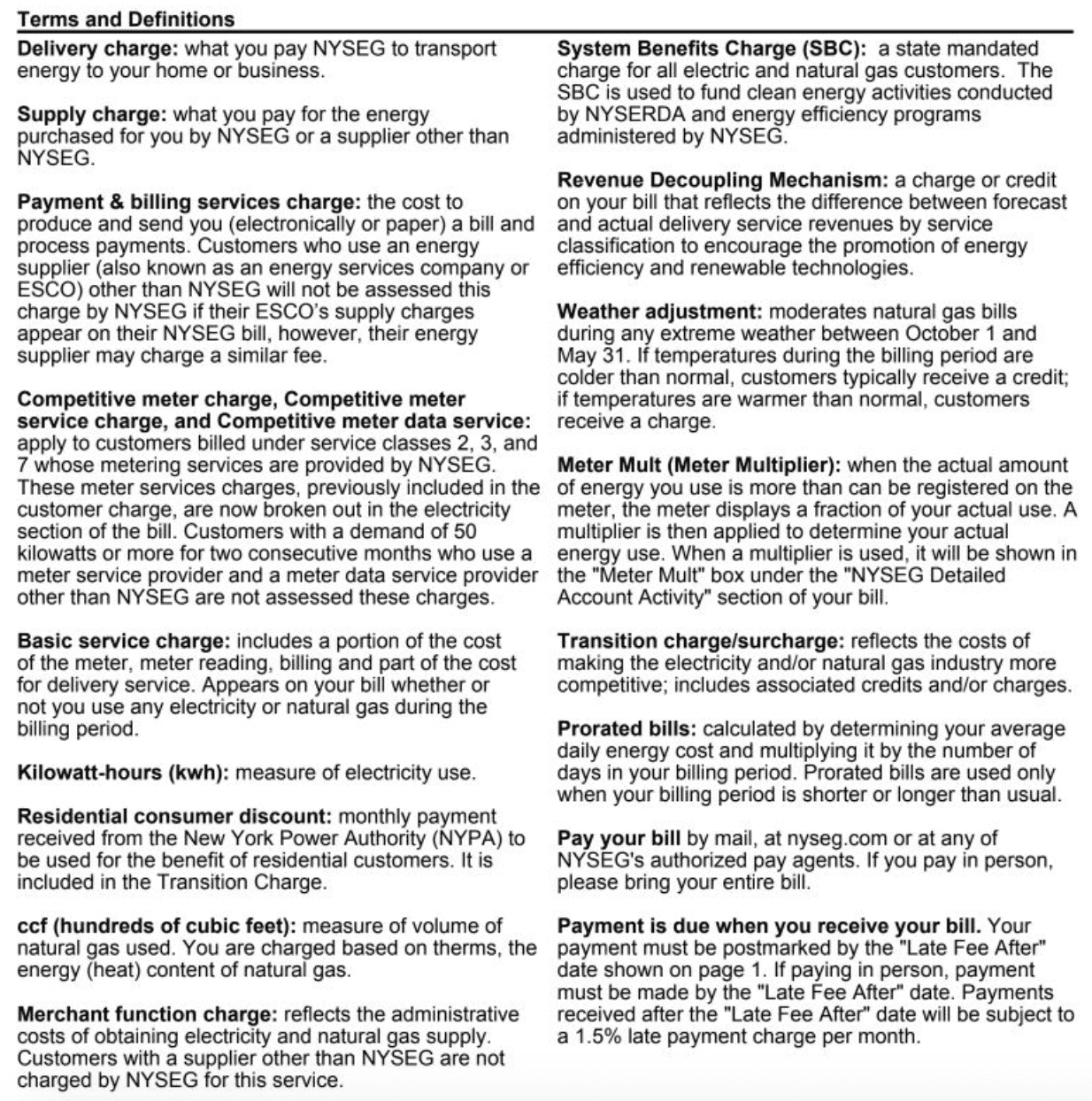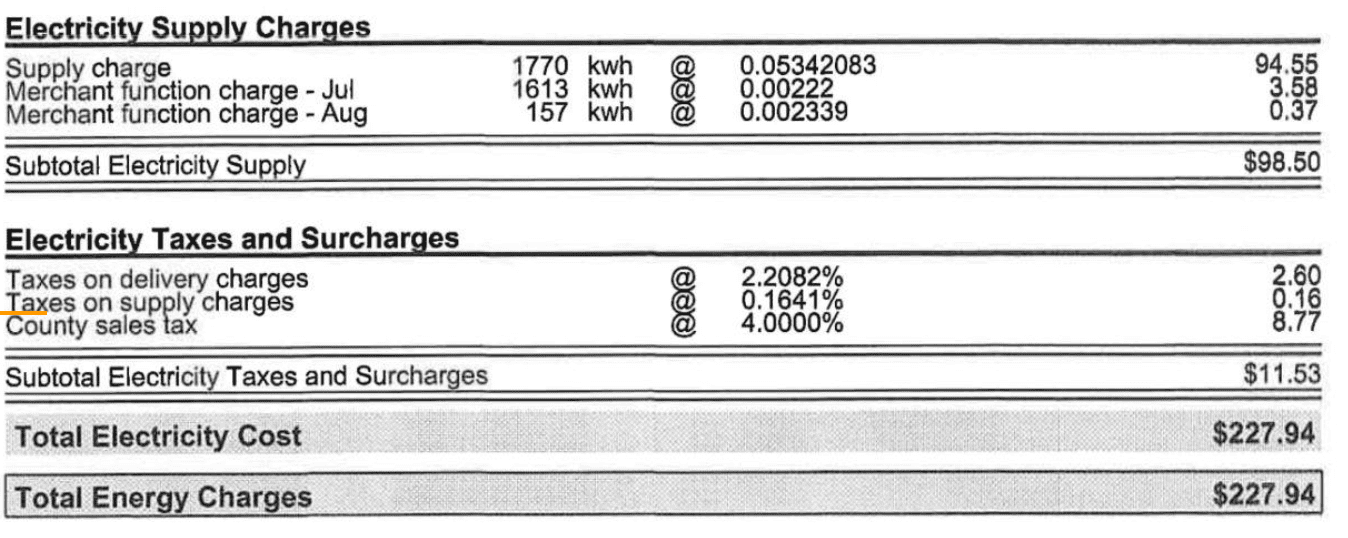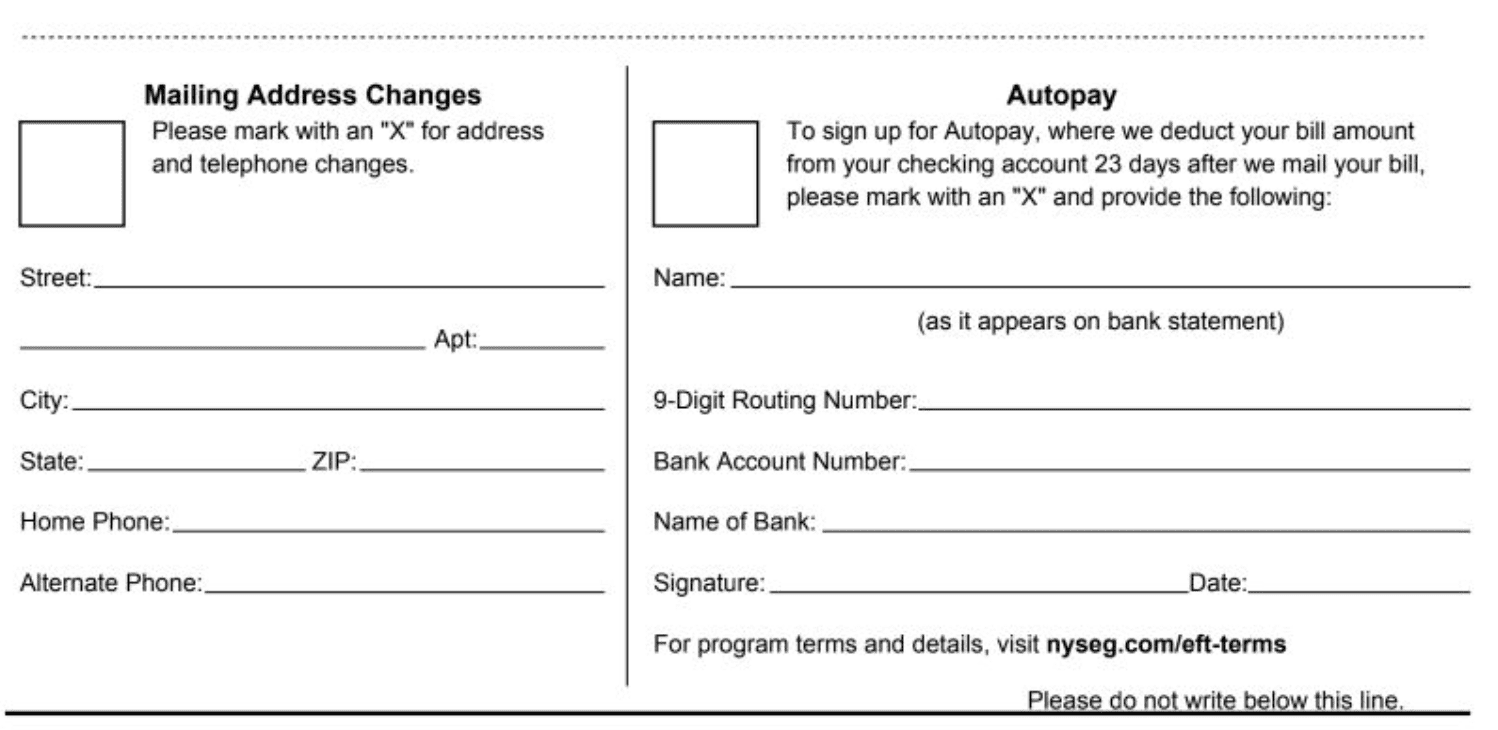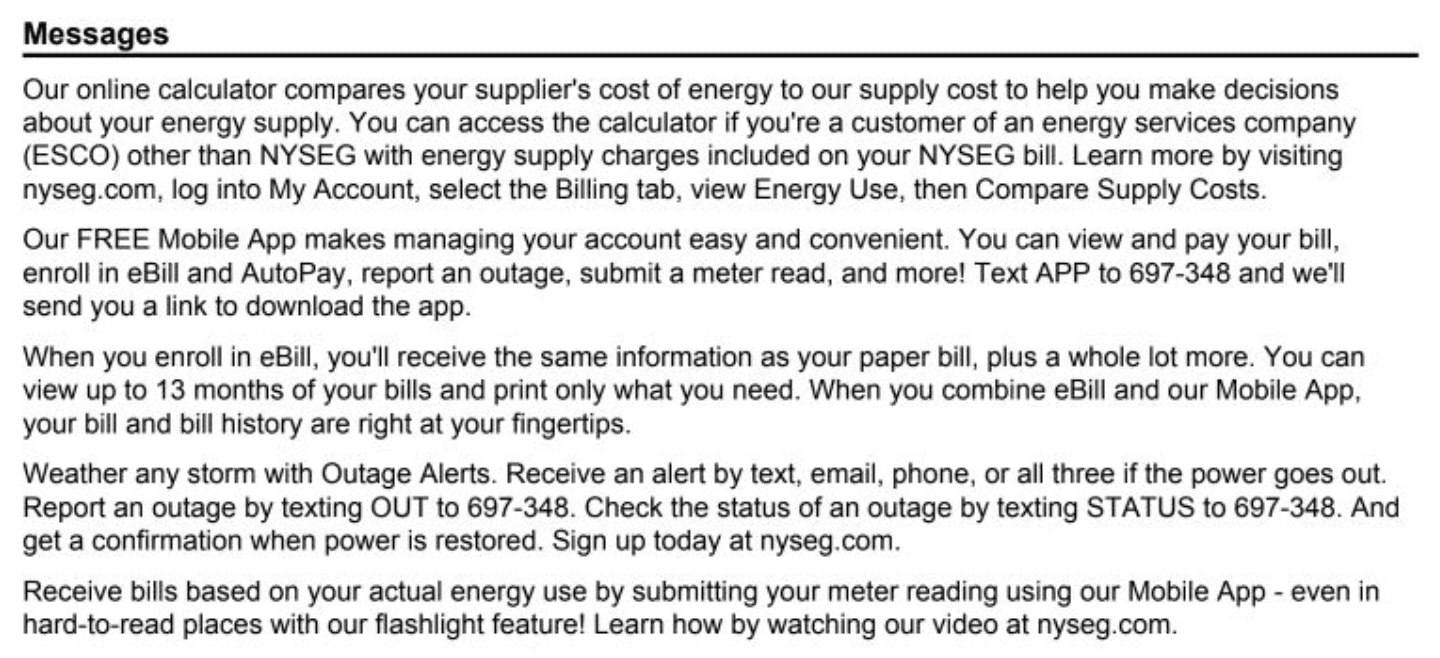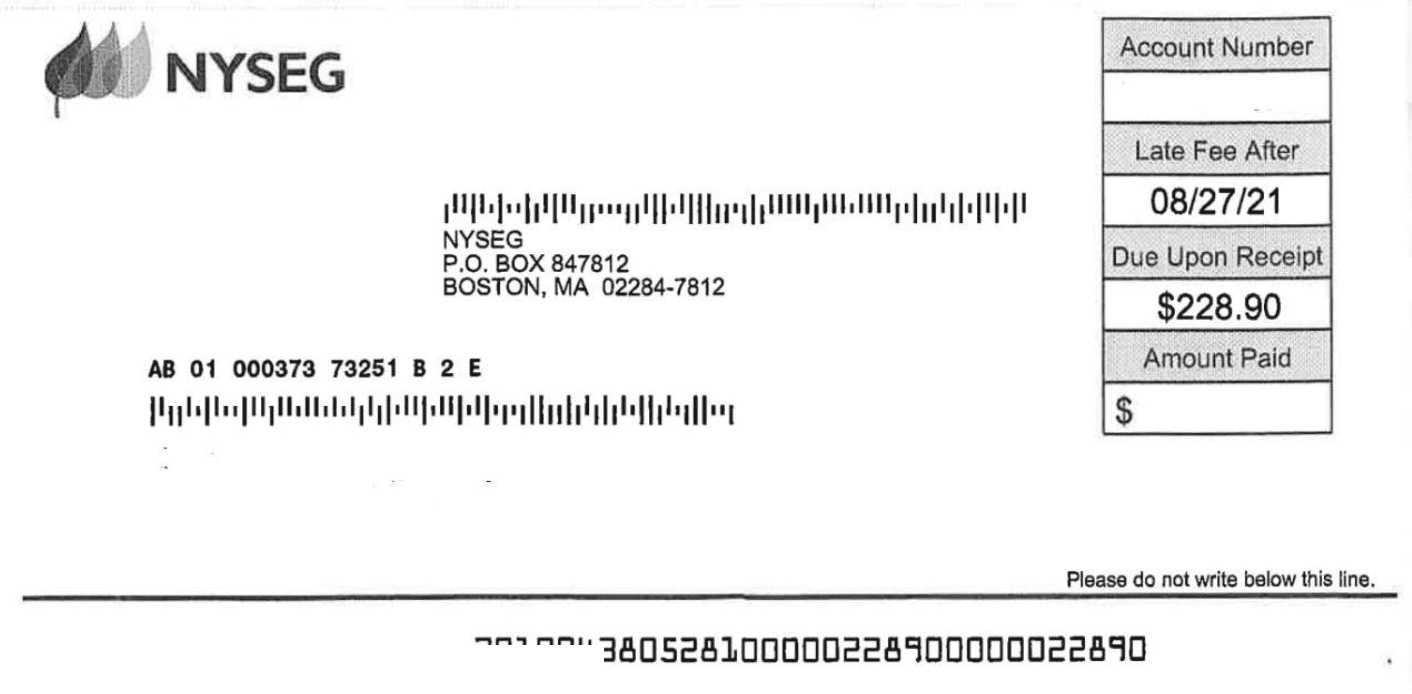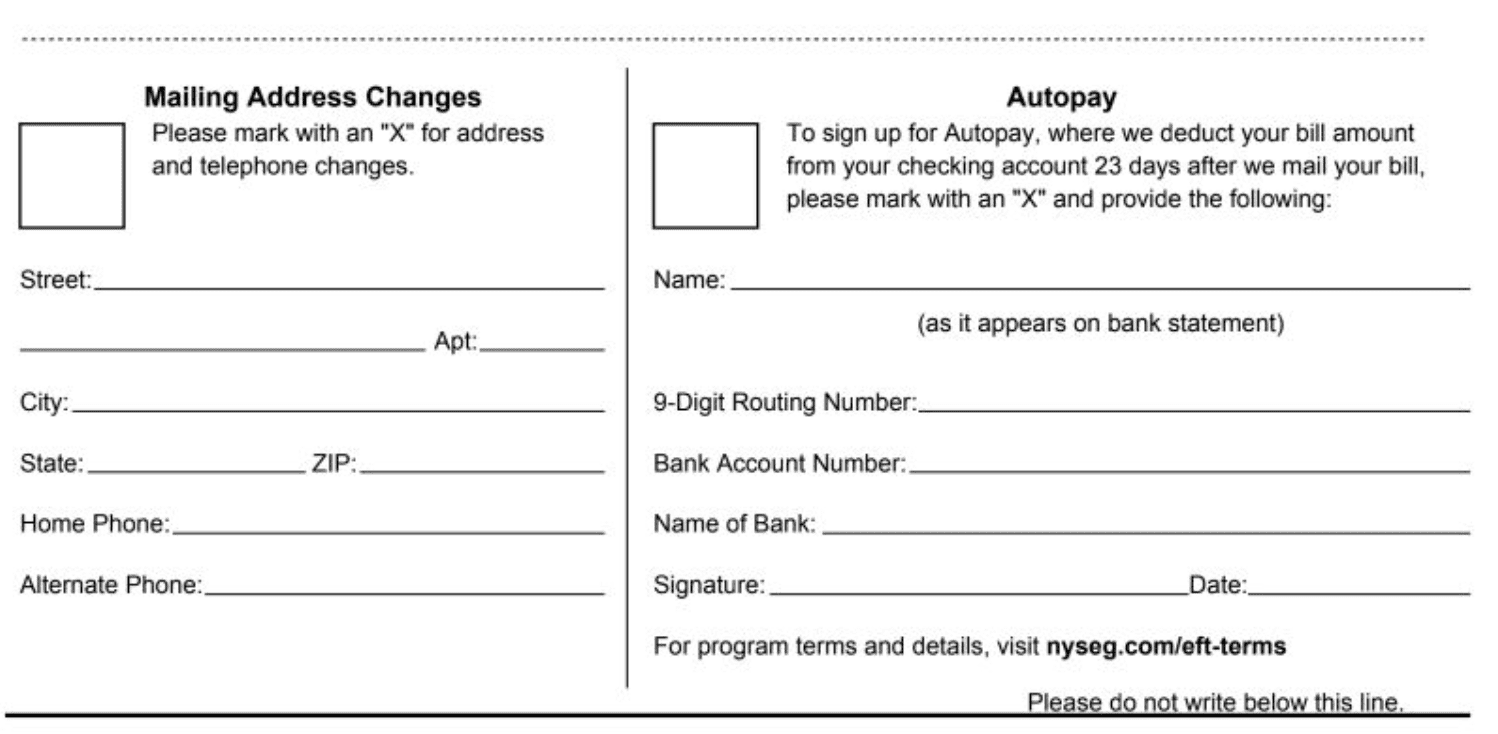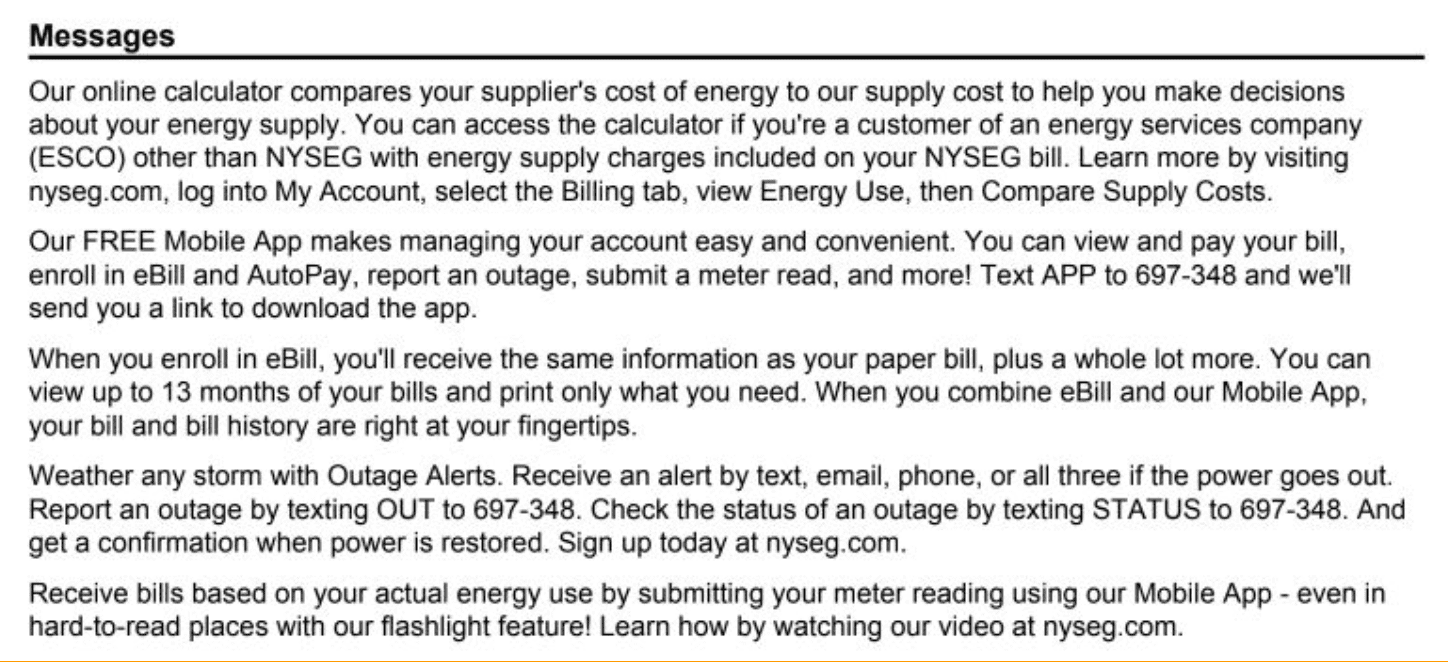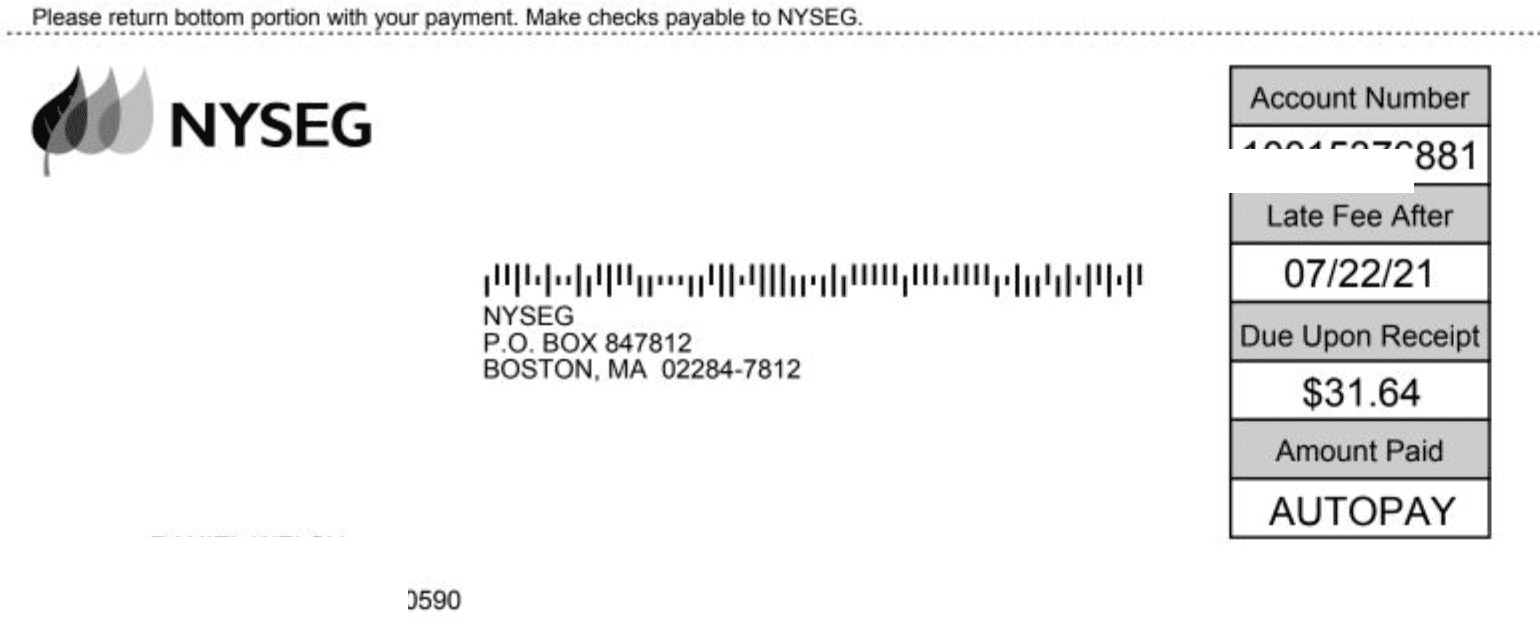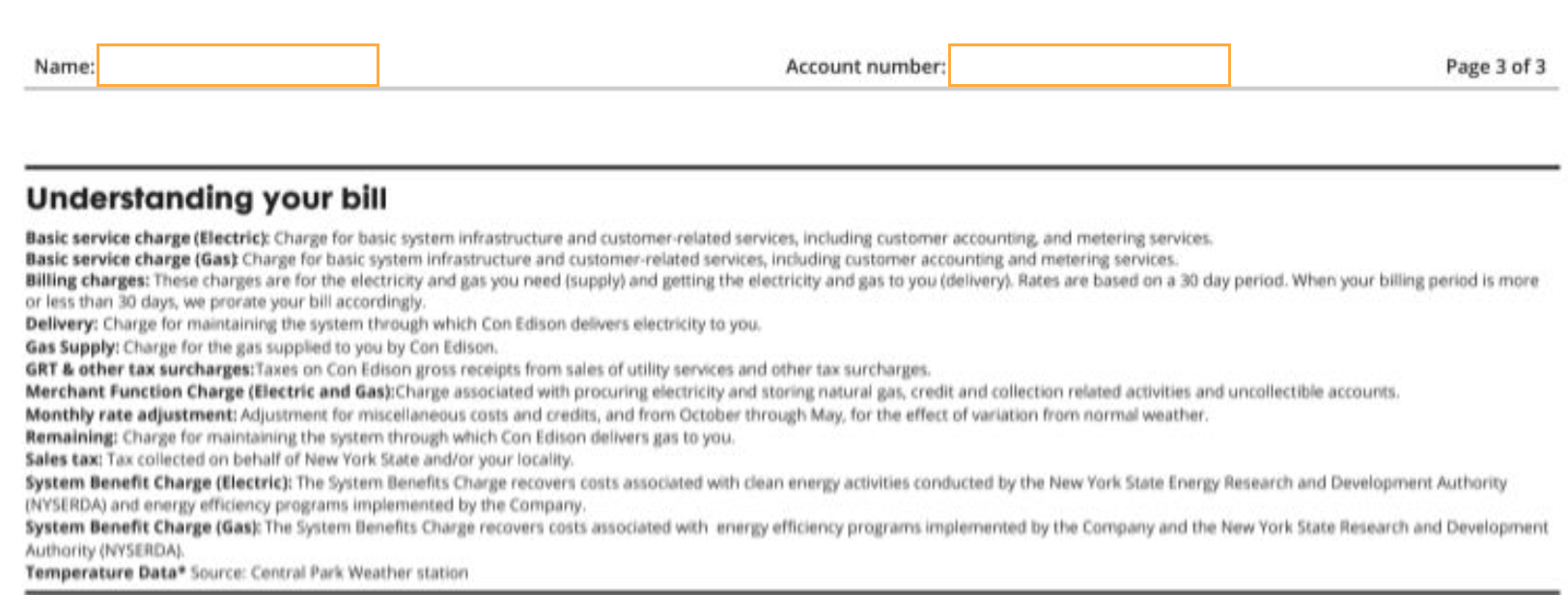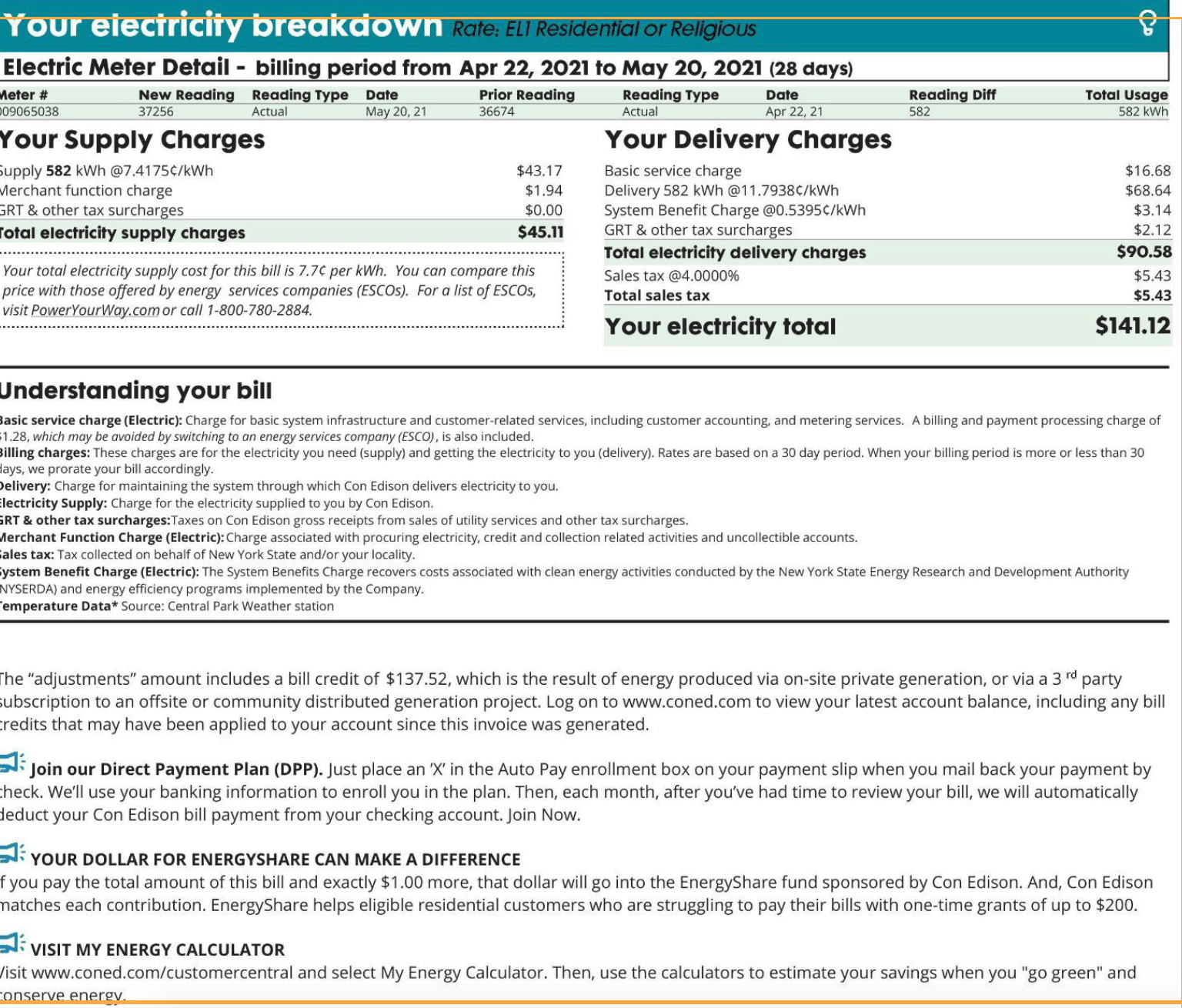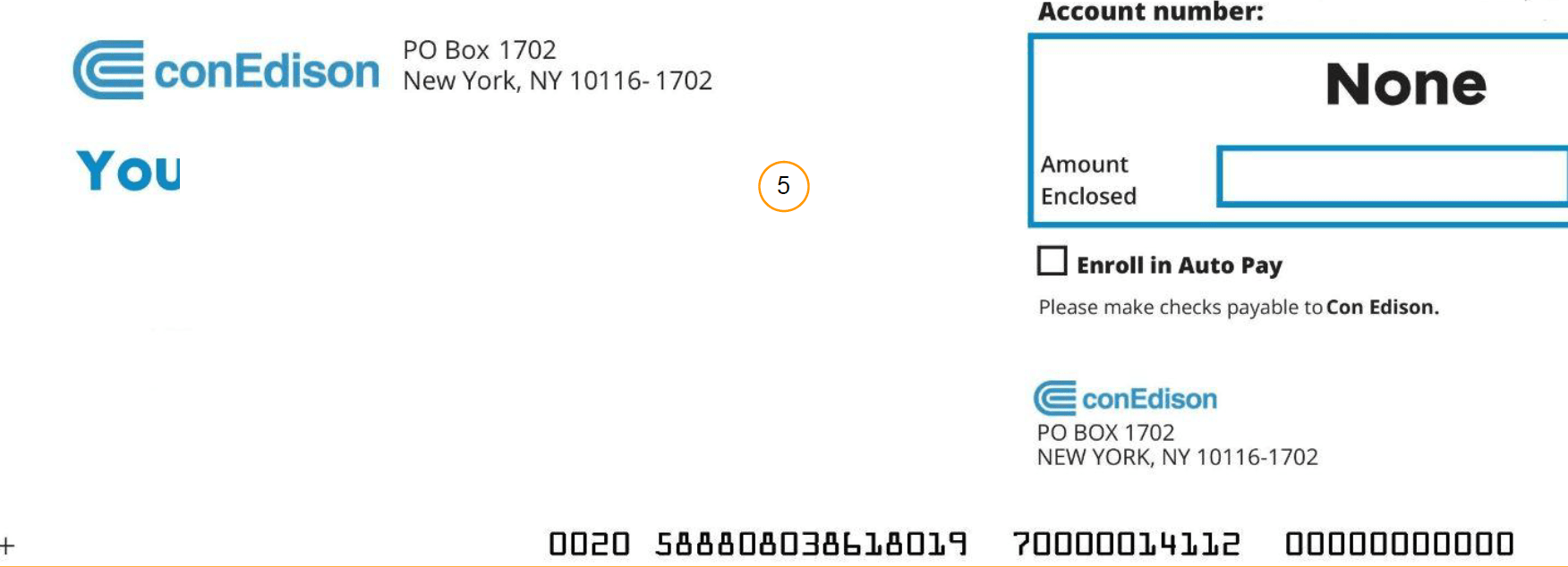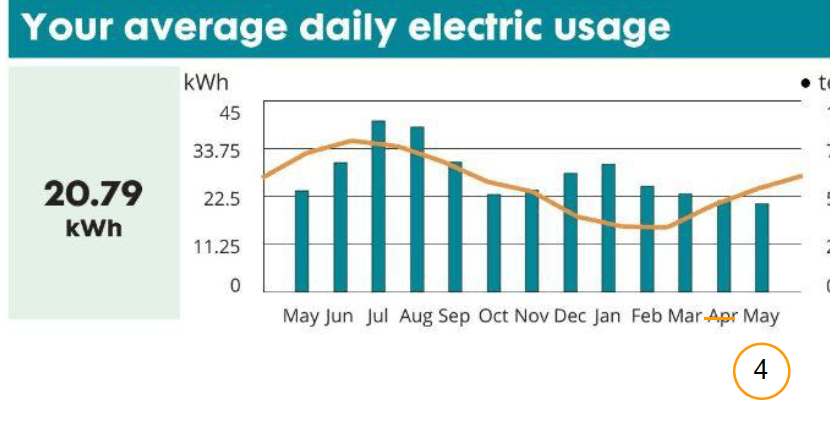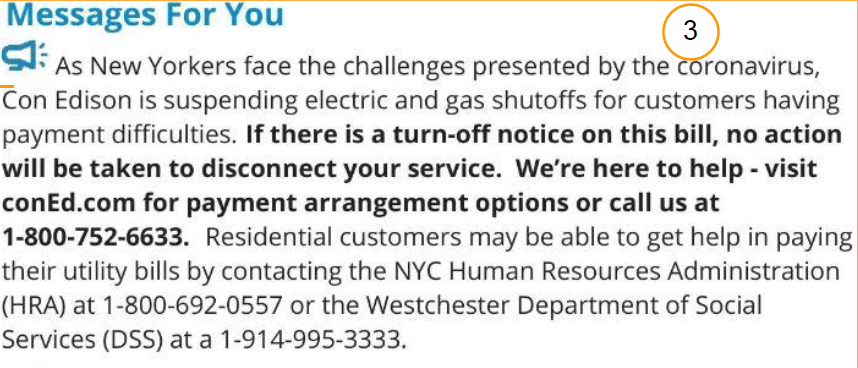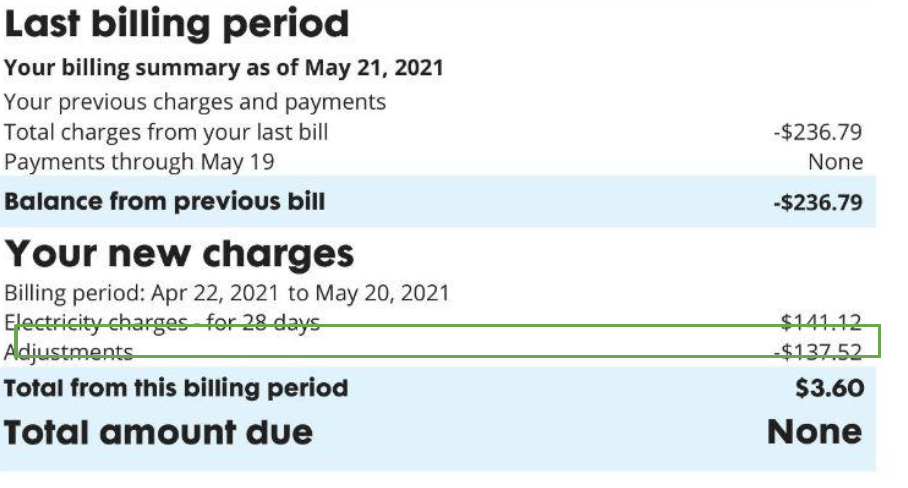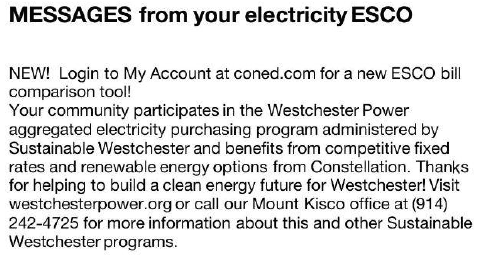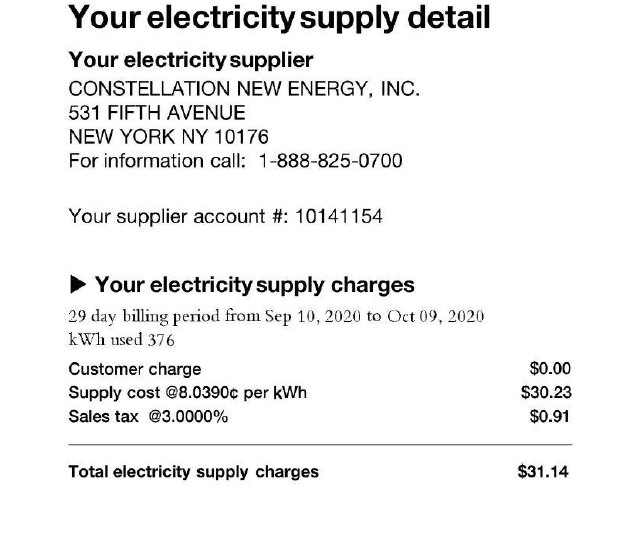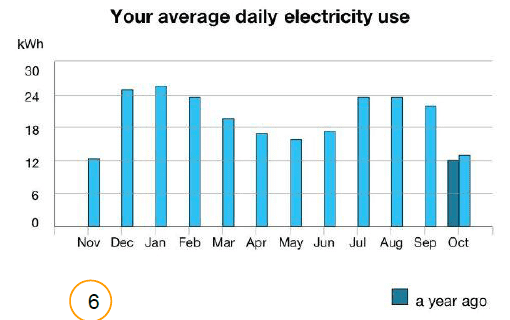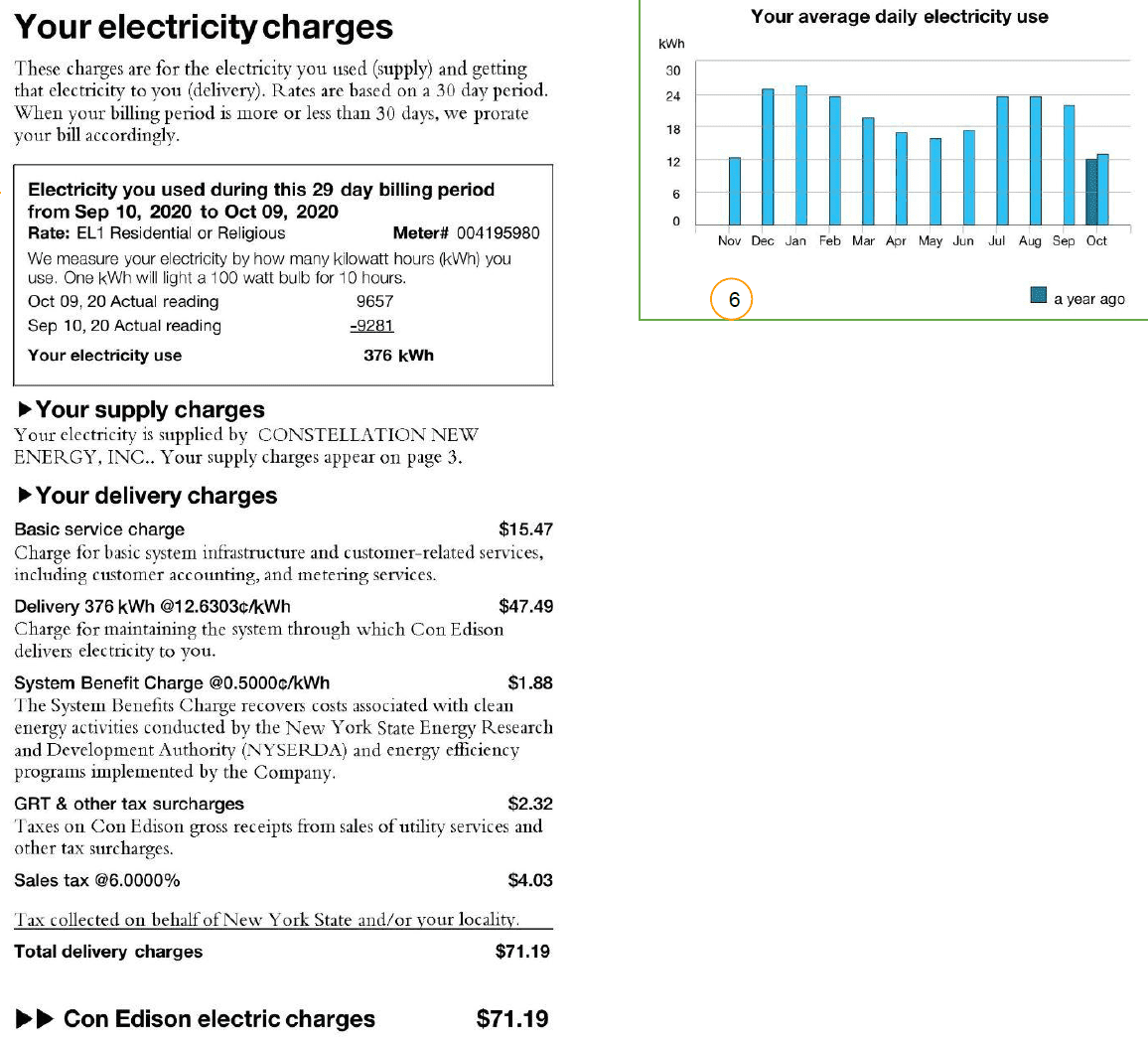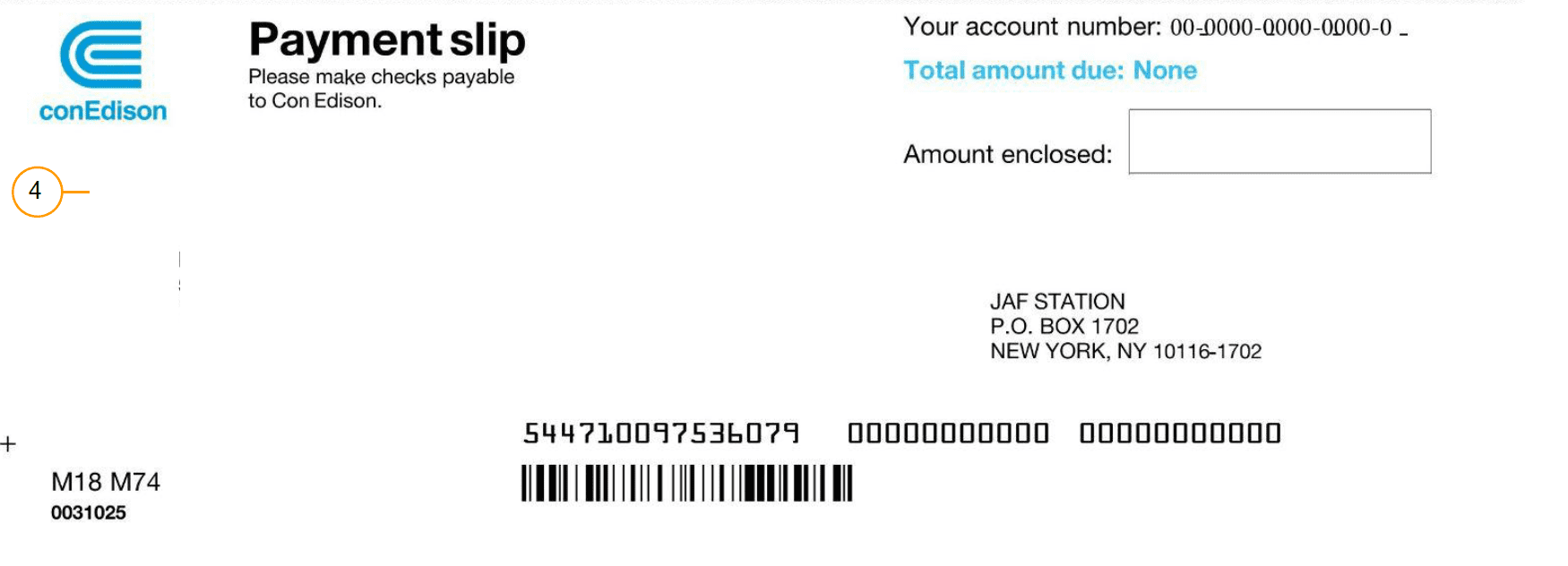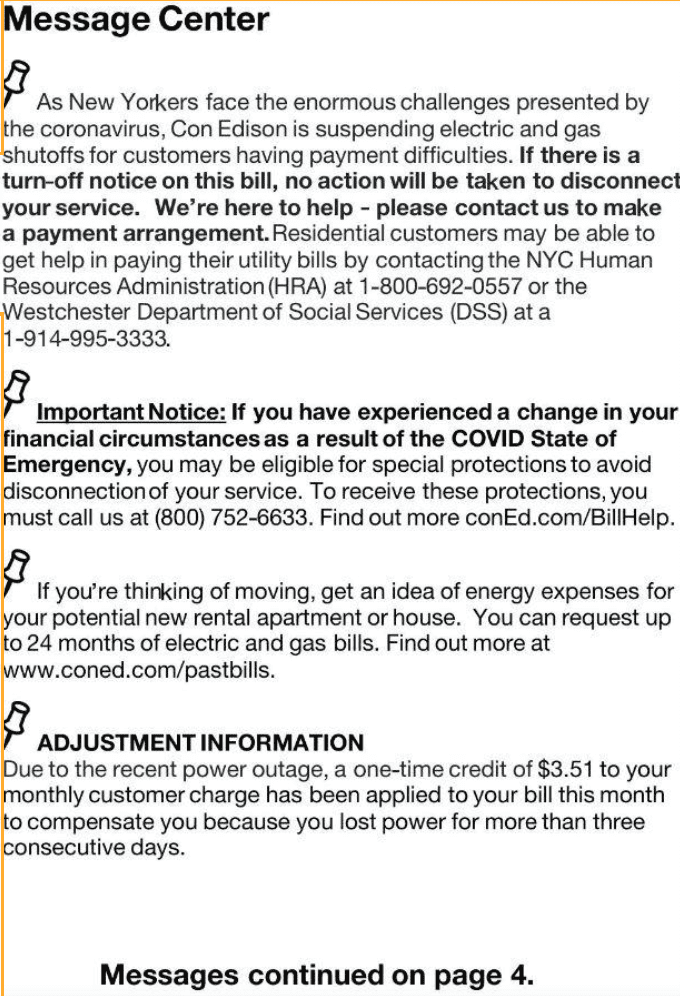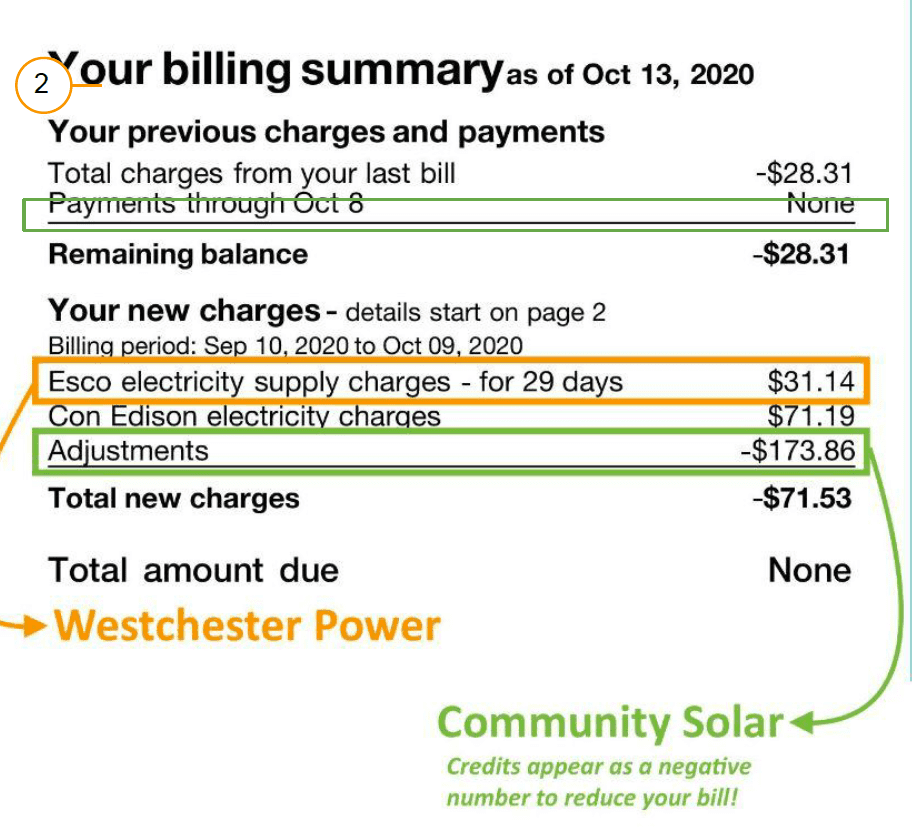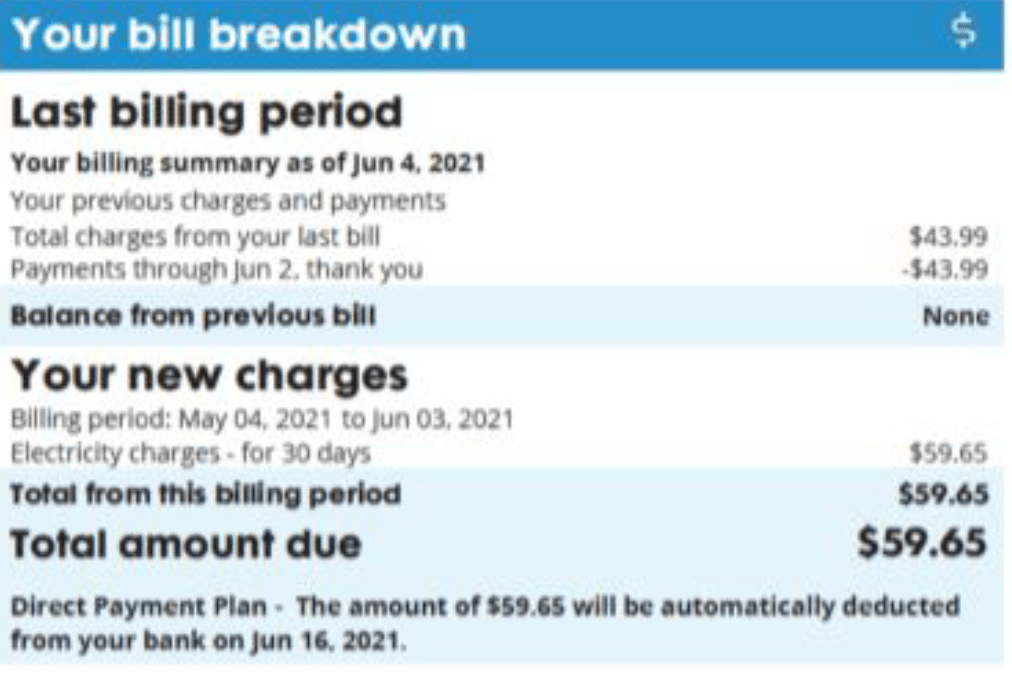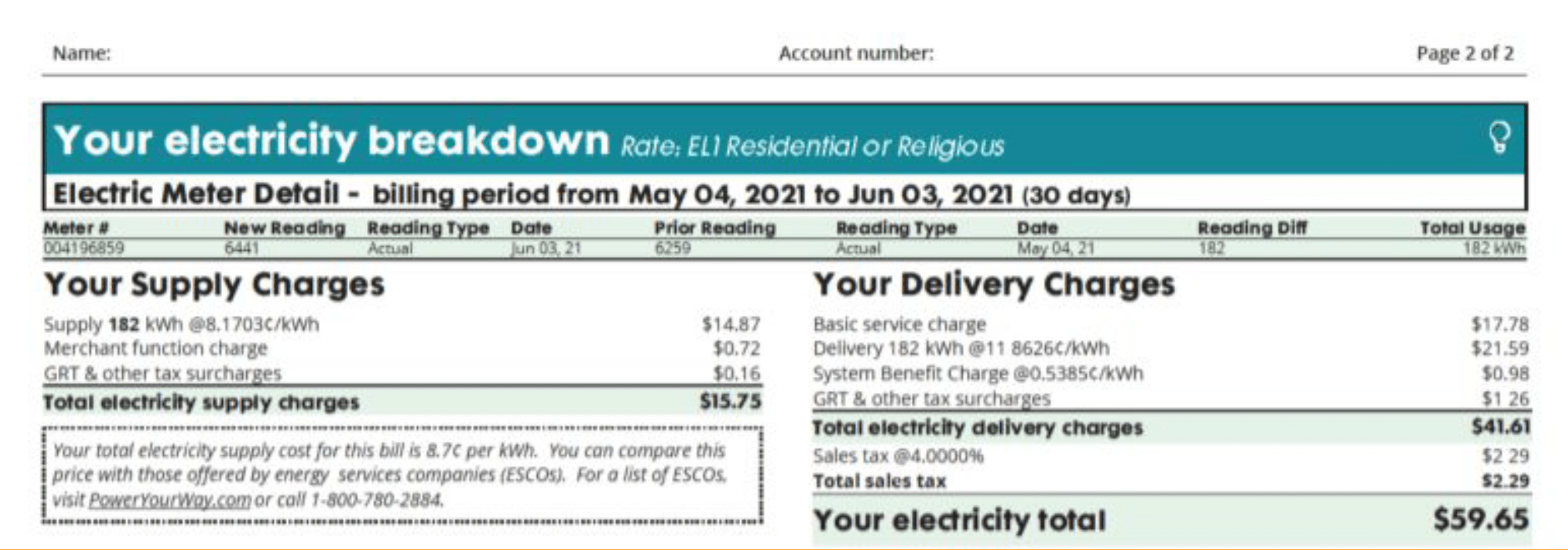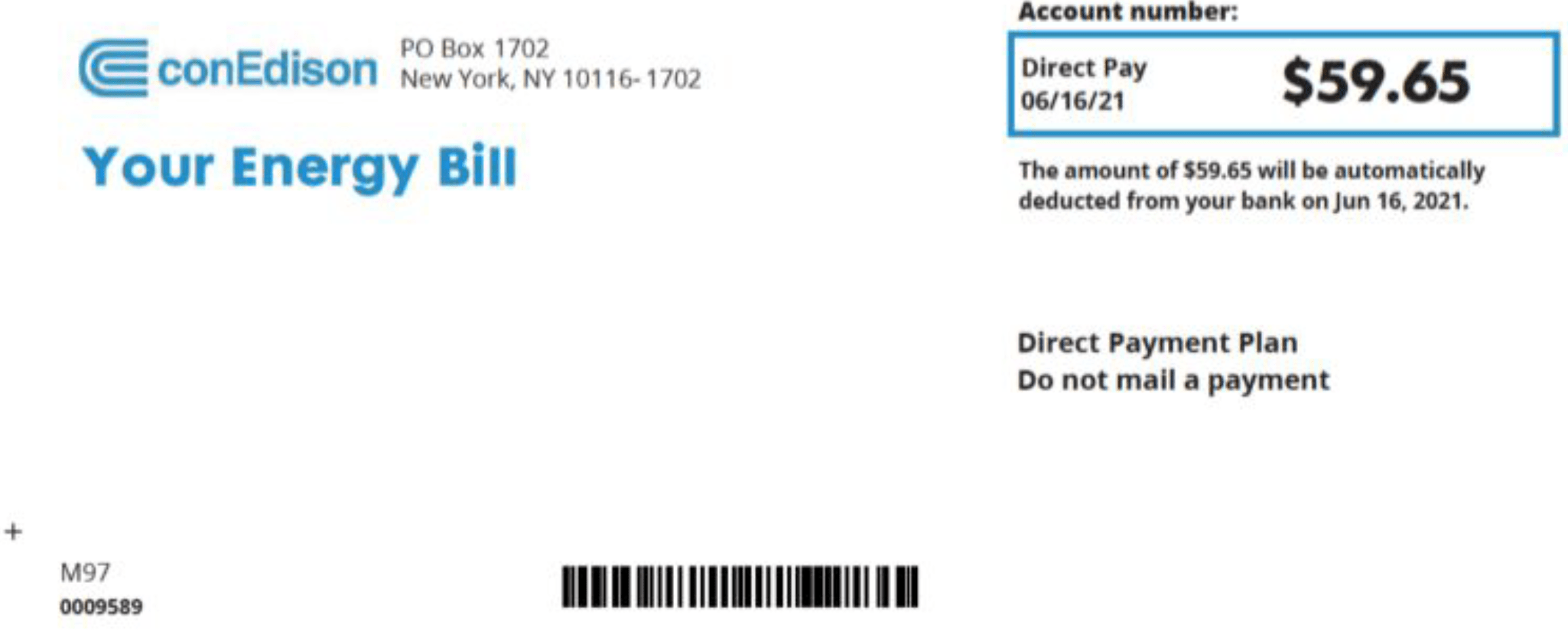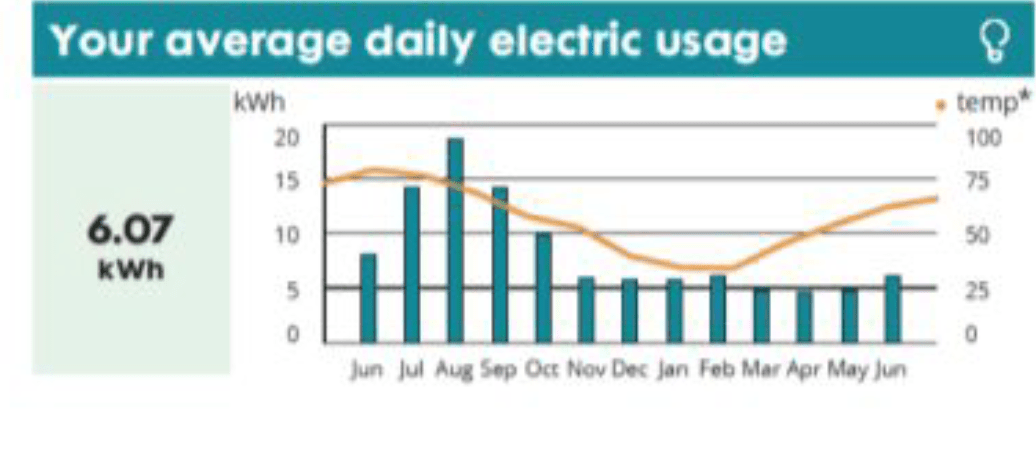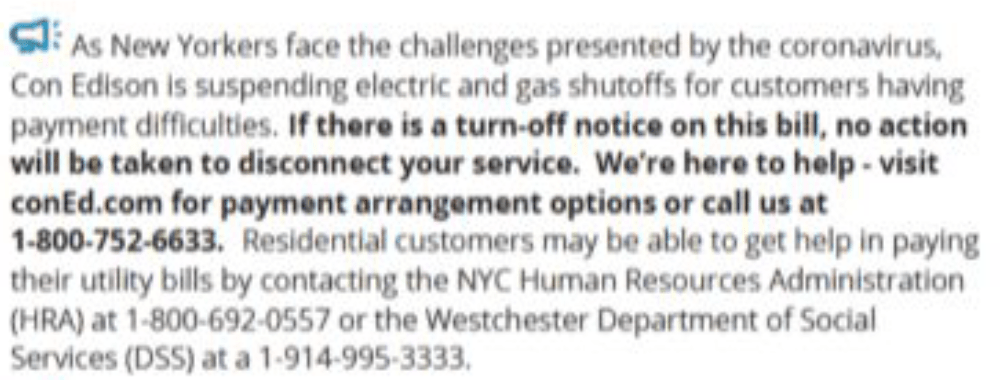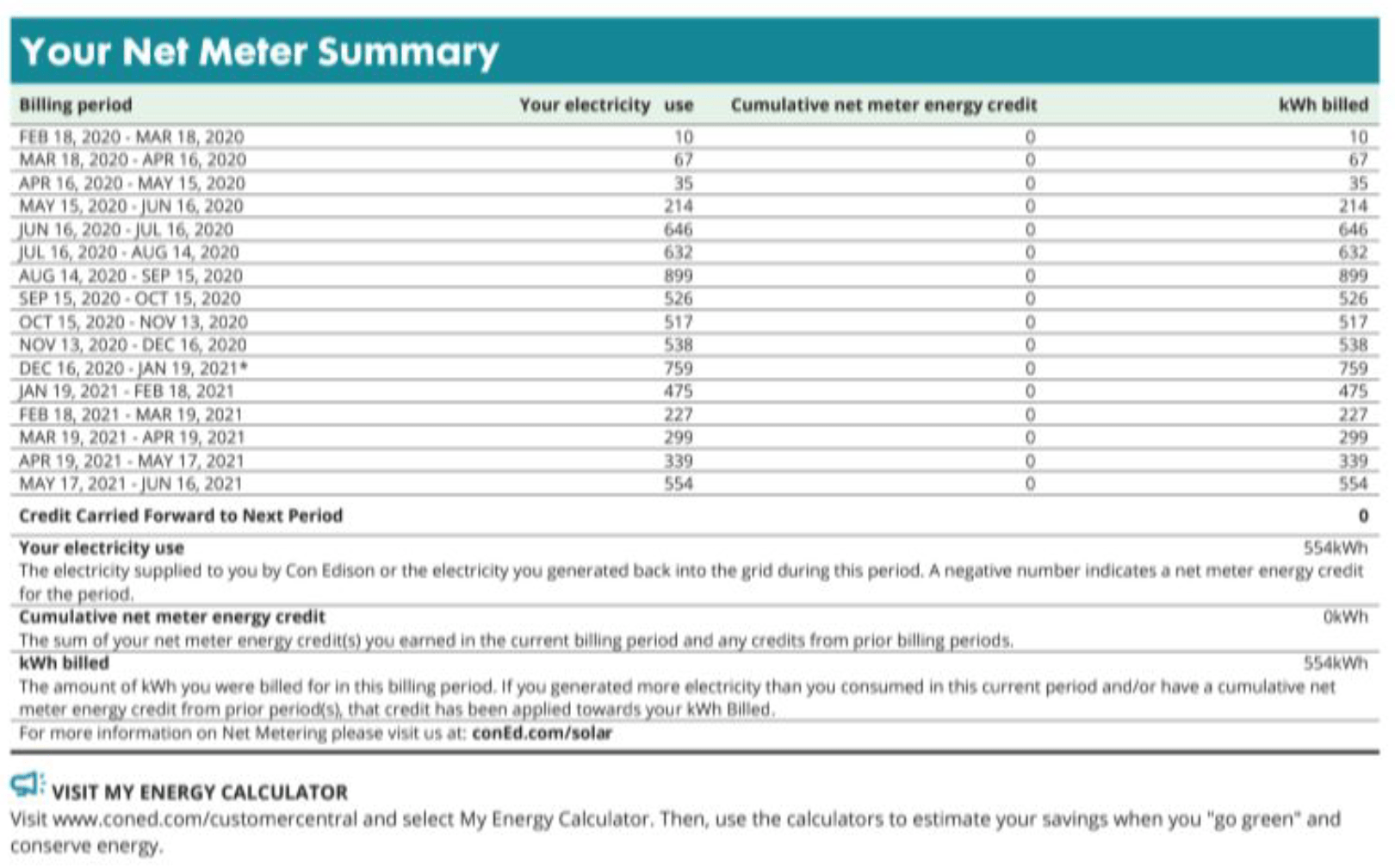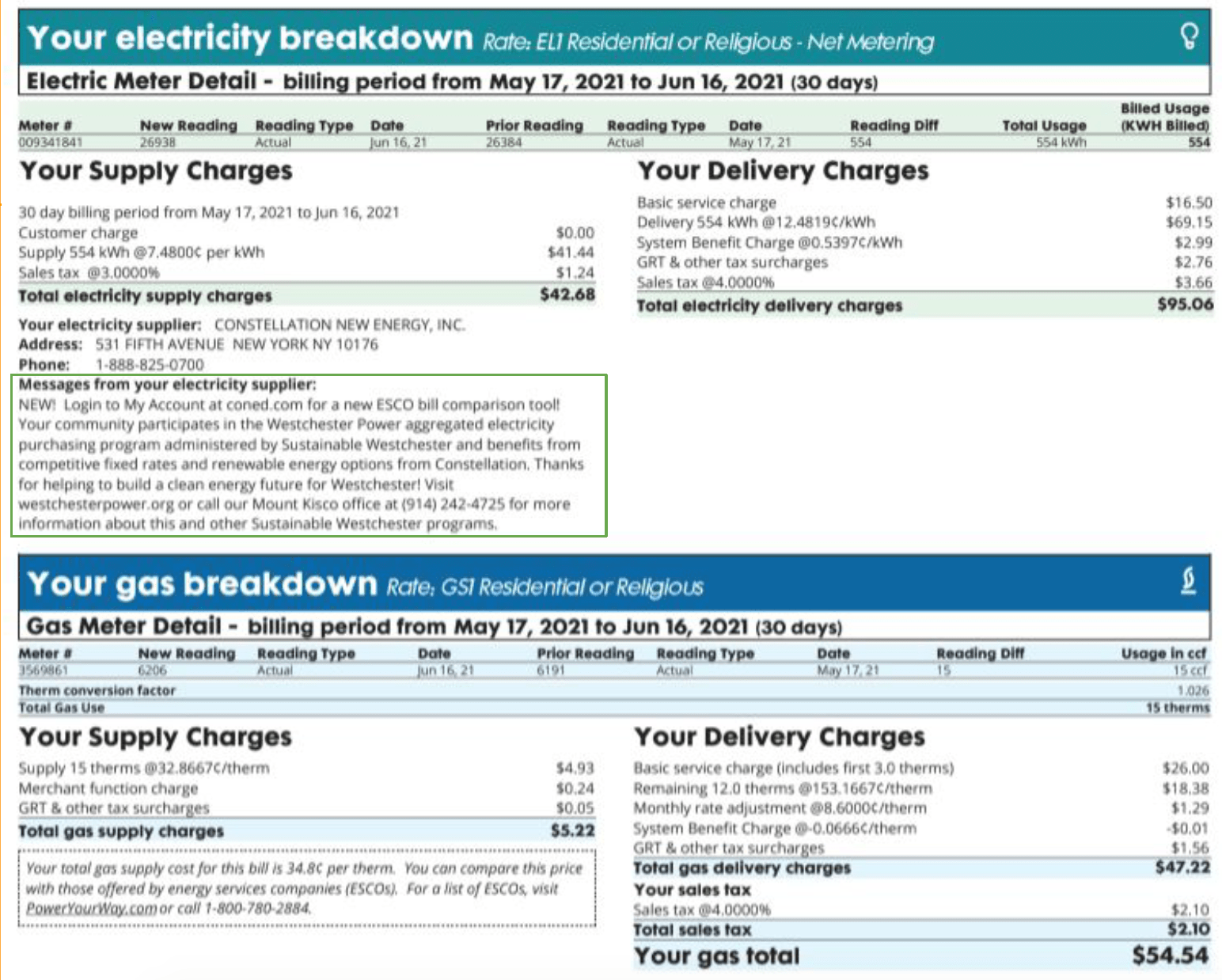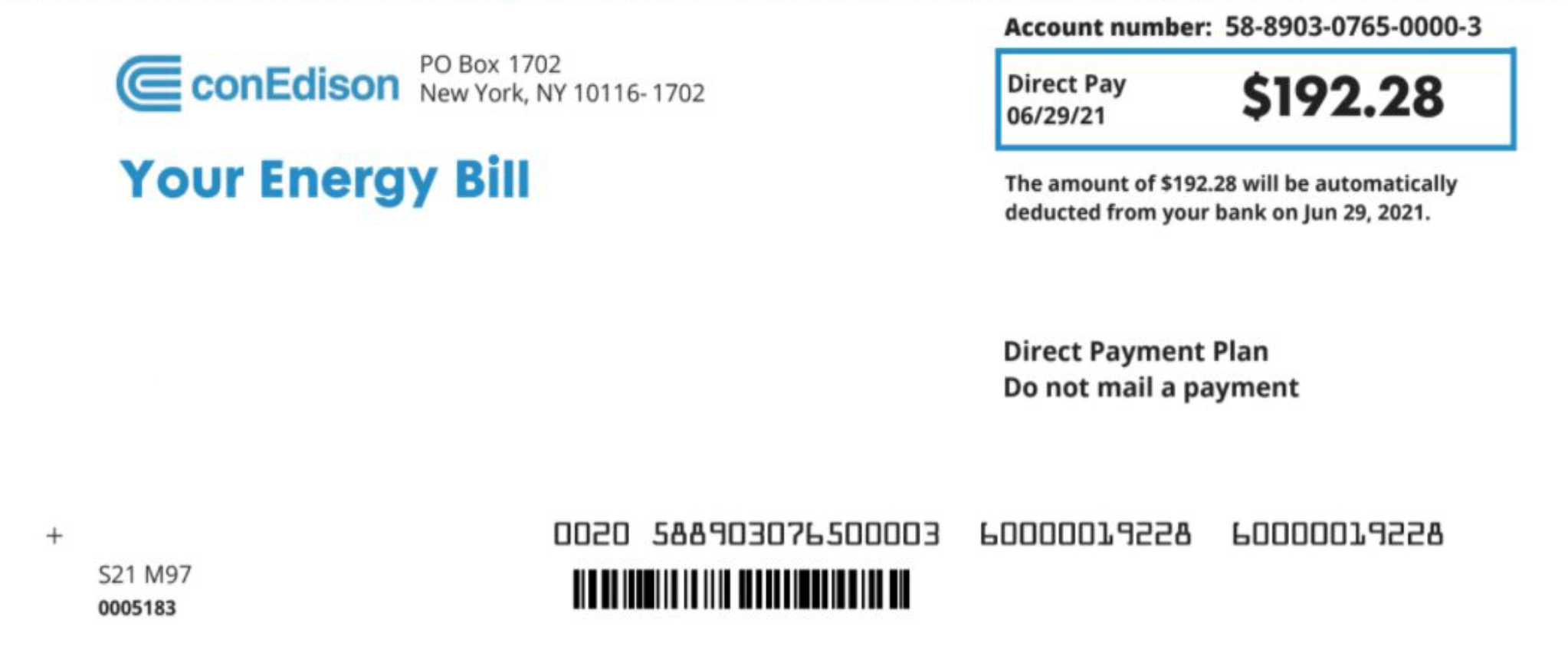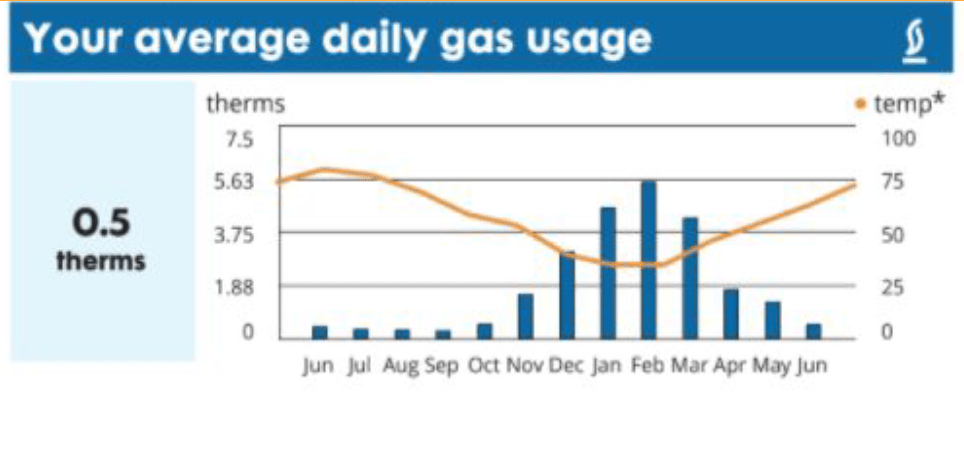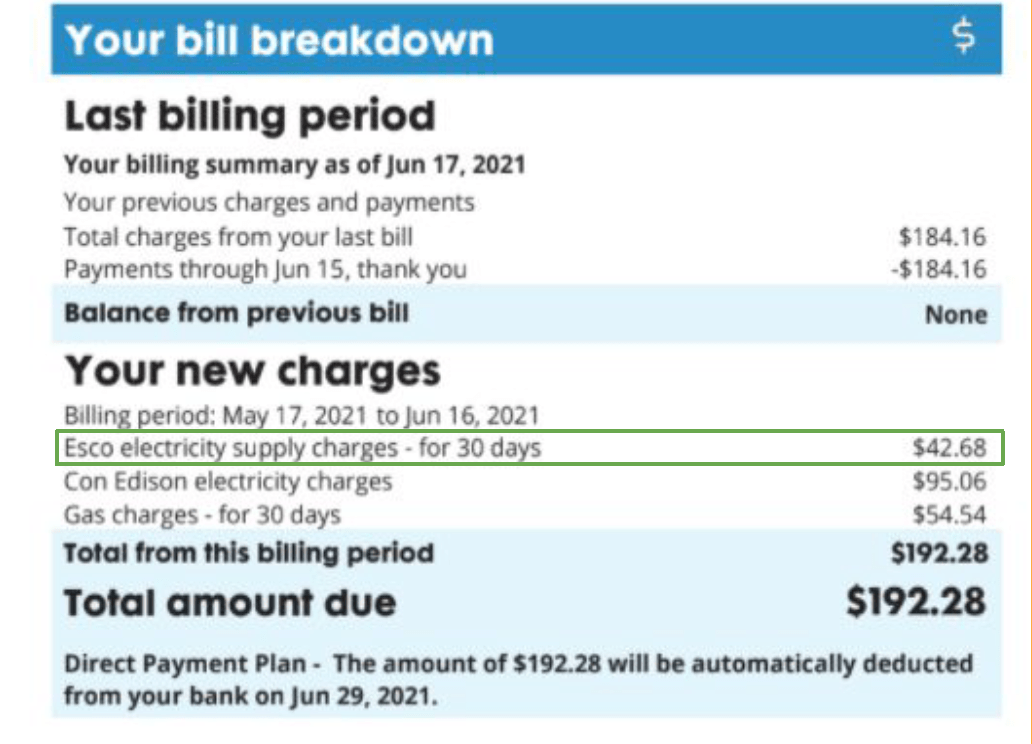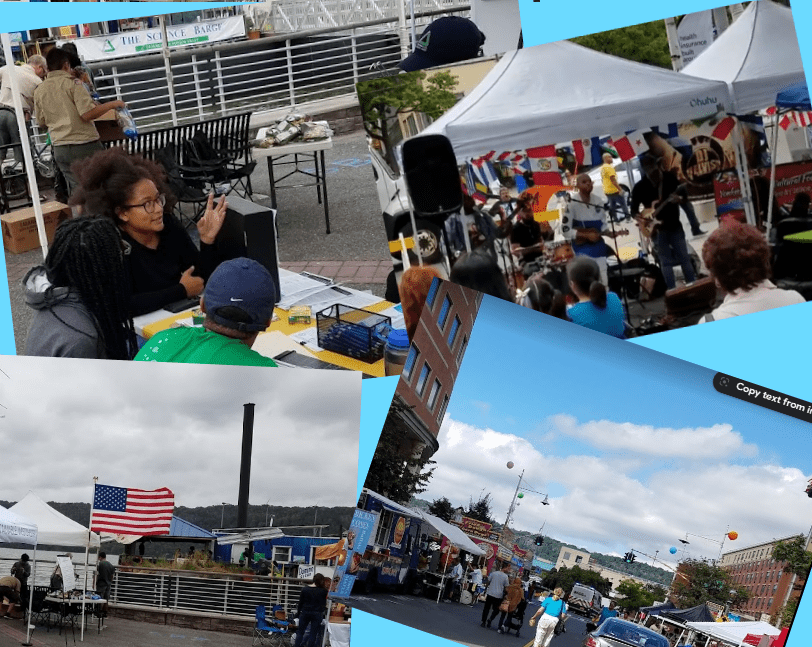
Yonkers Weighs in for
a Clean Energy Future
In March of 2022 Yonkers became the largest city in New York to establish a community energy program under the NY State community choice aggregation model, reinforcing it’s already impressive accomplishments and momentum under its Yonkers Green City initiative.
Quick links for your energy choices
Existing customer or want to opt in?
If you would like to opt in, opt out, change supply,
or check your enrollment
Current contract for Yonkers participants beginning December, 2024
Direct Energy is the supplier for this contract, which is in effect from the first meter reads in December of 2024 to first meter reads of December 2025 (the new rates and supplier will appear on January bill). The 50% Renewable supply option is the default in Yonkers. Rates will display on your bill with the 3% Gross Receipt Tax (GRT) added.
Renewable energy is New York State sourced, primarily hydropower. Standard energy is a grid mix similar to the utility, mostly fossil fuels.
Yonkers program rates
| 100% Renewable | 50% Renewable | |
| Residential | 12.77¢/kWh | 11.55¢/kWh |
| Small Commercial | 12.77¢/kWh | 11.55¢/kWh |
You may pay a premium for these renewable products over the utility standard product pricing, however, you will be contributing to NYS clean energy goals.
Westchester Power Basics
COLLECTIVE POWER – the community-selected default electricity supply option for 26 participating municipalities
[ConEdison remains responsible for Distribution – the infrastructure and billing]
RENEWABLE ENERGY made easily accessible, vetted, at scale
OPT-OUT FORMAT – eligible customers are enrolled in the default supply unless they take action to opt out or change supply
CONSUMER-FRIENDLY structure allows you to participate with no contracts, fees, or penalties for coming or going
RATE STABILITY – stable and predictable pricing vs the monthly variability of the utility supply
Savings are not guaranteed through this program, as we cannot predict what the utility will charge month-to-month
For more information the Dept. of Public Service has prepared this FAQ: faq-template_v2.pdf
Contacts and resources:
- It’s easy to opt in, out or change supply online here: https://sustainablewestchester.org/wp/yonkers-choosesupply
- You can also call (914) 242-4725 x 134
- Or email to [email protected]
- For billing matters other than the supply charge from the Westchester Power program supplier, or outage and other traditional utility questions, you can find the Con Ed contacts at https://www.coned.com/en/contact-us or call Con Ed at
(800) 752-6633 - For questions about the program, your enrollment, bill etc., its probably best to start with these contacts, but if you have questions about your municipality’s participation, you can find your municipal contact here: https://sustainablewestchester.org/wp/municipal-contacts/
- If you should encounter problems and Sustainable Westchester / the program supplier is not resolving these to your satisfaction, you have the right to seek the assistance of the Dept. of Public Service. Filing directions are at https://dps.ny.gov/file-complaint
- You can find more information about Community Choice Aggregation in NY State on the Dept. of Public Service’s website, here:https://dps.ny.gov/community-choice-aggregation
- NY Energy Research and Development Authority (NYSERDA) has a “toolkit” with lots of useful information for communities organizing CCA’s; find it here:https://www.nyserda.ny.gov/All-Programs/Clean-Energy-Communities/How-It-Works/Toolkits/Community-Choice-Aggregation
How to read your bill
When your electricity supply is from an Energy Service Company (ESCO) such as is the case with participation in Westchester Power, the supply charge is separated from the Con Edison distribution charge, where before they were combined. Click here for Con Edison explanation of other charges.
Current Yonkers Rates vs Con Edison Monthly Averages
- Rates do not include Yonkers Gross Receipt Tax (GRT).
- The Con Edison 12-month trailing average for the period April 2024 to March 2025 was 10.591 cents/kWh for residential customers and 9.999 cents/kWh for small commercial customers
- For information on how to find the cost comparison for your electricity usage, click here
Historic Yonkers Rates vs Con Edison Monthly Averages
- Rates do not include Yonkers Gross Receipt Tax (GRT).
- The Con Edison 12-month trailing average for the period January 2024 to December 2024 was 10.275 cents/kWh for residential customers and 9.468 cents/kWh for small commercial customers
- For information on how to find the cost comparison for your electricity usage, click here
Upcoming Outreach Events
Virtual Information Session on Tuesday, July 8, 7:00pm:
Register Here
Sesión de Información Comunitaria, miércoles, 9 de julio a las 7:00pm en Google Meet (Virtual): Registrarse Aquí
Please check back for upcoming outreach events!
Please contact [email protected] if you are interested in co-sponsoring a future information session on the Yonkers Community Energy Program.

Outreach and Education Record
Email Westchester Power program staff with any of your questions or comments about the program: [email protected]
Yonkers Communications
– 2023 –
7/13 1 Year Celebration Letter
3/30 Customer Notice: State Transmission Pass-Through Charge
Program-wide Communications
– 2024 –
2023 Westchester Power Annual Report
2023 Westchester Power Annual Rept. Supplement – Added Value Services
– 2023 –
FAQ v.2 English
FAQ v.2 Spanish
– 2022 –
FAQ – English
FAQ – Spanish
SW vs ESCO – English
SW vs ESCO – Spanish
Westchester Power Annual Report
– 2021 –
Westchester Power Annual Report
– 2020 –
Westchester Power Annual Report
2018 Environmental Disclosure Reports Issued
– 2019 –
Westchester Power Annual Report
Beware of phone solicitation asking to discuss your electricity supply charges
Mailing: NY Environmental Disclosure, Green-e
NY State mandates 2017 environmental disclosure reports
– 2018 –
Westchester Power Annual Report
Constellation Environmental Disclosure and WP Green Power
– 2017 –
Westchester Power Annual Report
NYS Mandated Additional Electricity Charge
– 2016 –
Westchester Power Annual Report
Newly Eligible Letters
Letters for the Opt-Out Period 10/29/2024-11/28/2024
Letters for the Opt-Out Period 6/26/2024 to 7/26/2024
Letters for the Opt-Out Period 2/14/2024 to 3/15/2024
Letters for the Opt-Out Period 10/20/2023 to 11/19/2023
Letter for the Opt-Out Period 7/5/2023 to 8/4/2023
Letter for the Opt-Out Period 1/16/2023 to 2/15/2023
Letter for the Opt-Out Period 10/18/2022 to 11/17/2022
Letter for the Opt-Out Period 1/10/2022 to 2/9/2022
RFP Pages
A Community Energy Platform
The large scale of the program enables us to attract new opportunities for increased environmental impact and potential savings. These include:
Community Solar – You can help put more clean energy on the grid and save money at the same time by subscribing to a large solar farm through Sustainable Westchester’s Community Solar program. Currently, participation requires a separate signup process and a two bill system (your electric bill and a separate solar credits bill). NY State has required Con Ed and other utilities to include Community Solar on the electric bill, which means that the program will be able to deliver solar discount credits directly without a separate bill.
This has very exciting implications for our ability to engage and provide benefits to low income households.
Solar developers have taken particular interest and this should stimulate more projects in Westchester. Meanwhile, you can subscribe today and save up to 10% on your electric bill.
Demand Response – Previously available only to large commercial businesses, Sustainable Westchester has collaborated with a technology firm, Logical Buildings, to pilot demand response for residential customers. By cutting usage during a few peak hours of the year, Con Ed can avoid switching on the dirtiest “Peaker Plants”, and will pay you money for that. Learn more about the GridRewards program and how to opt in here.
Let’s Talk Clean Energy
Why clean energy? By now, everyone has heard of climate change, but it’s not always easy to make the connection to our daily lives. Our energy choices are, however, linked to many of the most serious challenges that we face these days, as well as the question of what kind of future we leave our children.
Most of our electricity is still generated by burning fossil fuels which release greenhouse gases into our atmosphere. This has contributed to our environment’s degradation, increased global temperatures, and triggered extreme weather events at the local levels, such as more frequent and higher intensity storms and changes in seasonal patterns. Here’s a short video about the greenhouse effect which is responsible for this problem.
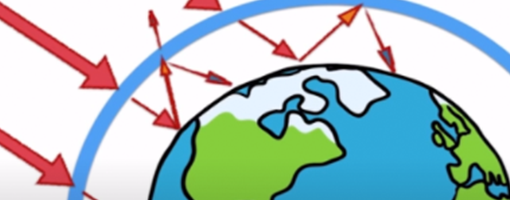
Solar, wind, and hydropower are emissions-free sources of energy. New York State has an aggressive plan to switch over to these clean energy sources and away from fossil fuels. Westchester communities have taken the lead in these efforts, and now dozens of NY communities have followed with similar programs.
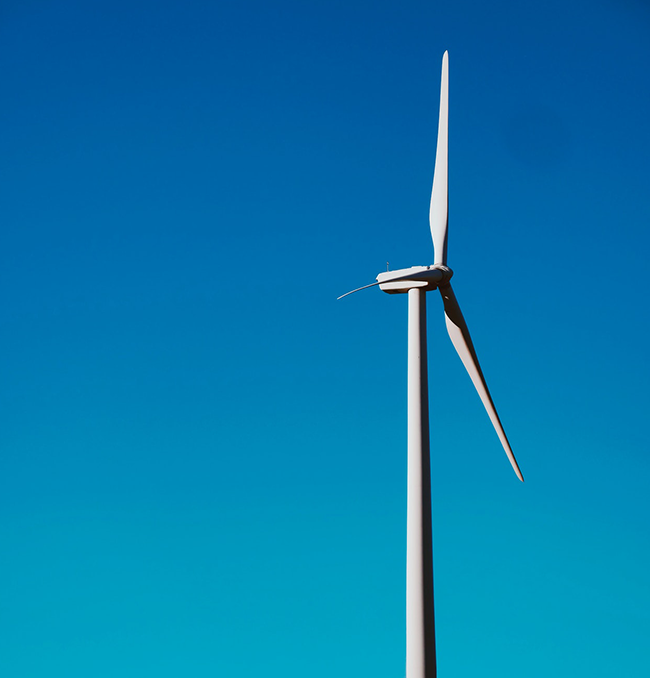
Clean Energy Implications
for Westchester County
Our communities need to move away from fossil fuel-powered electricity quickly to help mitigate the challenges associated with Climate Change. A transformation towards clean-powered electricity is entirely possible.
Westchester Power communities can help accelerate this transition, promoting the generation of clean energy, as well as sending signals to electricity generators, investors, and governments that we place a high priority on ensuring a sustainable and healthy future.
Our energy choices and COVID 19
Studies are showing that areas with higher levels of pollution see worse outcomes from COVID 19. Many observers have pointed out the similarities in the challenges since both require collective, long-term action to solve.
Sea Level Rise
Over the past century, the Hudson has risen about a foot due to global warming (see this Scenic Hudson article), threatening households and habitats. This map shows how the Yonkers waterfront may fare over this century. We can reduce the impact and costs by taking strong action to reverse the growth of greenhouse gases.
Temperature Rise & Disparate Impacts
By the year 2100, on our current trajectory, New York starts to look more like Florida (Climate Central):
But like so many of the effects of global warming, the impact can vary greatly. Groundwork Hudson Valley has done amazing work to go one step further and show how the practice of Redlining has amplified the environmental justice aspect of the problem through the creation of “heat islands” [read more here]:
More resources about local climate change impacts
- Read more about climate change in our Hudson Valley in this survey of assessments about what it might look like.
- For A deeper dive, see the Fourth National Climate Assessment’s chapter on the Northeast.
